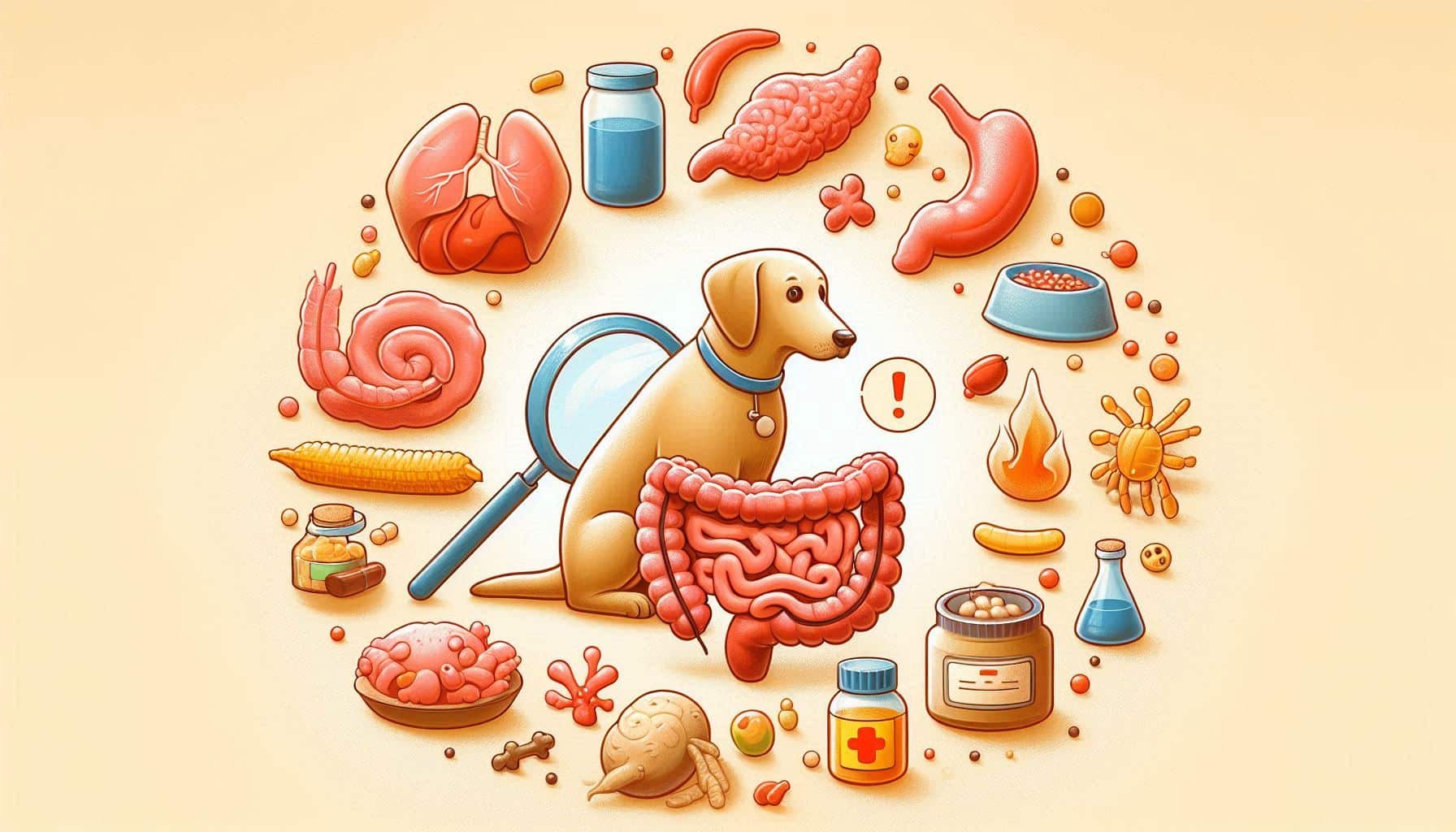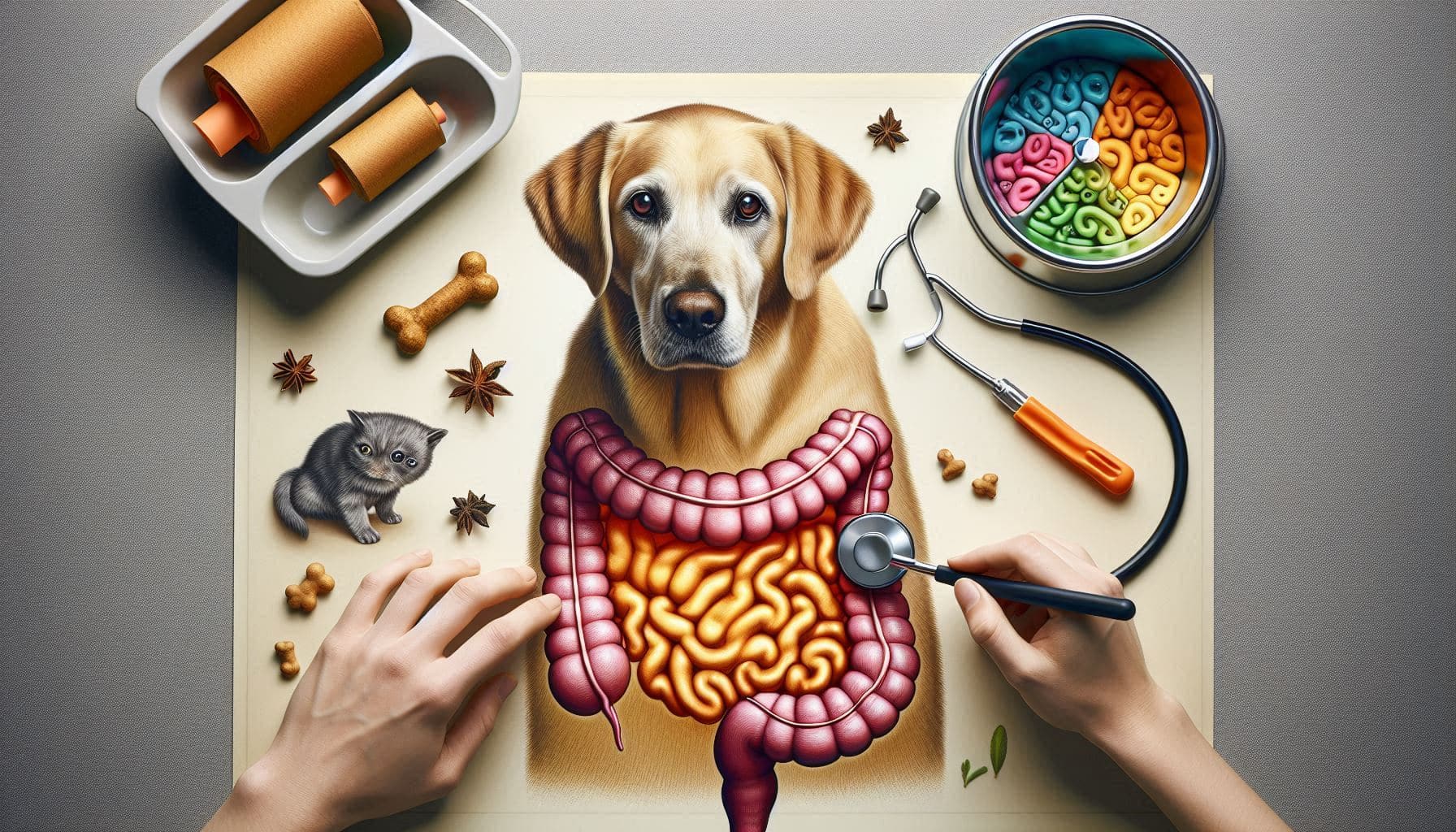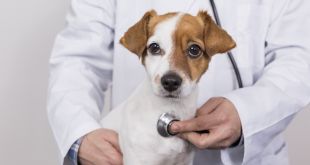Imagine your dog has been sharing his dinner with some tiny, slimy roommates who lurk inside the twisted world of your dog’s intestines like a sinister villain. These parasitic party crashers are called hookworms in Dogs, and they are experts at turning your dog’s tummy into a rollercoaster ride, causing common as well as serious infections.
Infections due to hookworms are widespread in dogs. These parasitic infections are caused by roundworms, which lead to malnutrition, anemia, and other severe health consequences. In some cases, this can even be fatal, so it is important to understand the infection, its symptoms, consequences, and potential treatment. This is a complete and elaborate guide that will help you gain a deep and thorough insight into this concern while also enabling you to find the best possible solution.
Understanding hookworms
It is essential to know the root of the problem and then go on to find its solution. Hookworm infections are highly prevalent in dogs. Here is all you need to know about them:
What are hookworms?
Hookworms are a type of parasitic roundworm, also called nematodes or roundworms. They are thin-shaped and find their place in dogs’ intestines. These hookworms latch onto the lining of the intestine and steal blood and nutrition for themselves. This can be very painful for your dog and cause extreme weakness, lethargy, malnutrition, and anemia. In some cases, it may even be fatal.
Life-Cycle of hookworms
To truly understand and conquer hookworm infections, we must first unravel their life cycle by tracing their journey from egg to adult. This will further help eradicate the cause and implement preventive measures. There are mainly 6 stages of the life cycle:
1) Eggs in feces: The life cycle begins when adult female hookworms residing in a dog’s small intestine lay eggs. These eggs are extremely tiny and almost microscopic; hence, they quickly spread and find a place in the environment. Further, they develop catering to the favorable environment.
2) Larval development: The eggs hatch in a day or two and become larvae. These then develop and go through different stages of development, fully developing into the third stage of larva, also known as L3. The environment they need for this to happen is usually moist or warm surroundings.
3) Infection of the host: When the larvae fully develop, they are more contagious and can easily infect a host’s body. This can happen in many ways, two of the most common being through ingestion or skin contact via contaminated soil or other types of infected environment.
4) Larval migration and development: When the larvae finally enter the host’s body, they migrate through several tissues, organs, and passageways to finally reach the intestinal lining. The migration also depends on the mode of entry and the larvae’s developmental stage. For instance, through skin penetration, they can directly go to the intestine. In contrast, if they enter the bloodstream, the host coughs up and might swallow them.
5) Maturation into adult hookworms: Although this process of complete maturation into adult hookworms takes some time, they eventually latch onto the intestinal lining. Hookworms have sharp ends that help them attach and cling to the intestinal lining while also sucking blood and feeding on it. This blood-sucking tendency is the root cause of all significant problems arising from the infection.
6) Egg production and continuation: The same process repeats, including the defecation process and further development of the eggs. A female hookworm can lay thousands of eggs daily, which are then passed out of the host’s body through feces, completing the cycle.
Symptoms of hookworm infections
The symptoms of hookworm infections in dogs can range from various signs and behavioral tendencies. Understanding the symptoms of hookworm infections is very important. By knowing the symptoms, you can detect the possibility of infection early, making it easier to treat and prevent. These are the most common symptoms of hookworm infections:
1) Anemia
Anemia in dogs can be identified with pale or whitish gums. This can make your pooch really weak, and they can show signs of fatigue and exhaustion. Anemia can also lead to rapid heart rate, lethargy, and breathlessness.
2) Diarrhea
Dogs with hookworm infections may experience frequent bouts of diarrhea. The diarrhea caused by hookworms is usually bloody or tarry, due to the blood loss caused by the hookworms in the intestinal lining of the host’s body.
3) Weight loss
When hookworms latch onto the intestinal linings, they also absorb and suck on the nutritional amounts present in the digestive system. Due to this, dogs who have hookworm infection often lose weight rapidly, even after a normal or increased diet.
4) Poor fur condition
It is common for dogs to lose the luster and shine of their fur due to a loss of nutrients. Hookworms latch onto the intestinal linings and absorb quite a lot of nutritional value from the body, further degrading the dog’s coat.
5) Skin irritation or lesions
Suppose the infection is caused by active skin penetration. In that case, dogs are more likely to have itching in those areas of their body. Most commonly, this itching, irritation, or lesions occur in places like the lower limbs or paws.
Diagnosis of hookworm infections
Accurate diagnosis of hookworm infections is necessary for implementing the correct treatment. Veterinarians can apply various diagnostic tests according to their judgment of the condition and possible causes. The primary 3 diagnostic tools that help in detecting hookworm infections are:
1) Fecal examination
The vets can analyze the dog’s stool sample to determine whether eggs are present. This usually involves a microscopic examination that identifies eggs and their quantity. Another way of doing this is the floatation process, which helps the vets see the eggs floating above the solution.
2) Blood test
A complete blood count of the dog can help identify anemia and other bodily issues. One can detect the symptoms of anemia by detecting lower red or white blood cell counts. Overall, it also gives the biochemical profile of the dog and lets the vet analyze the organ performance in the body.
3) Clinical signs
Clinical signs primarily include the dog’s history and any past infections. These signs also include noticing physical symptoms like weight loss, changes in appetite, and poor quality of fur. Some behavioral symptoms also include lethargy, fatigue, and exhaustion.
Treatment options
Parasitic infections are common in dogs and can become a frequent occurrence if we do not approach timely treatment. Amongst various treatment options, the primary three things to keep in mind are:
1) Medications
The first and foremost step in treating such infections is consuming medications that kill parasites. These medicines are called “anthelmintic” medications. They attempt to kill gastrointestinal parasites like hookworms and others like heartworms. They are also effective in oral applications in cases of skin penetration, itching, irritation, and lesions.
2) Treatment protocols
The protocol for treatment is very important, and one must follow it accurately to ensure that it is effective and efficient. The initial stage of treatment is the correct diagnosis, implementation of medications, and prevention, as the vet prescribes. Besides, it is best to go for follow-up sessions and indulge in supportive care.
3) Managing anemia
The major downside of a parasitic hookworm infection is blood loss. It leads to a drastic reduction in the count of red blood cells, white blood cells, and hemoglobin levels. It is of utmost importance that, as your dog’s hooman, you manage anemia. One of the ways to do this is to give iron supplements to your dog. In worse cases of anemia, vets may also proceed with a blood transfusion. As a pet owner, you can take steps to improve the nutritional value of your dog’s diet and maintain a healthy balance.
Preventing hookworm infections
Preventing hookworm infections
We know it right, prevention is always better than cure, and when it comes to your dog, it is of utmost importance. You can maintain your environmental surroundings, adopt medication-based interventions, and plan other strategies to prevent hookworm infections. Here are the significant things that are effective:
1) Environmental control
Keeping the environment around our dogs clean and safe is our responsibility. We can take small steps to ensure that our dogs are not prone to environmental infection. One such step is to immediately clean the area where the fecal matter sits so that it does not give rise to the development of larvae. Another thing we can do is use disinfectants to clean areas where the dog is primarily present. We should also ensure that we take our dogs to places like parks or yards only when we are sure of their sanitation facilities and cleanliness protocols unless there are often chances of contamination.
2) Regular deworming
Deworming is a medical protocol that requires repetition from time to time. A disease or infection doesn’t need to occur to get deworming done. In fact, it is best to take your dog for regular deworming sessions to prevent infections. For puppies, it is best to begin the deworming process at two to three weeks and continue it regularly until they turn 12 weeks old. For adult dogs, it is better to get their deworming sessions once every two to three months.
3) Monthly preventatives
One can also choose to use monthly preventatives to help prevent such infections. Heartworm preventatives, which usually cover hookworm infections, can be a good practice. These work in combinations that help to deal effectively with these infections while also preventing their recurrence. The ingredients in monthly preventatives differ depending on which type of infection they are catering to. It is best to consult a vent and take the preventatives that they prescribe.
Alternative and integrative treatments
New treatments, advanced measures, and developments can also be great alternatives for treating such infections. These advancements help keep the medicinal or treatment-based effect longer while focusing on being more effective and reducing side effects. Some of the treatment options you can look for are:
1) Advanced anthelmintic medicines
With the advancement in technology and scientific development, anthelmintic medicines come in different, more advantageous forms. These medicines focus on long-lasting impact, effective treatment, administration of injectables, and other alternatives. They also emphasize the strain that such drugs may cause and aim to reduce it.
2) Emerging natural therapies
Some dog owners may want to explore treatment options that are an alternative to clinical treatment. These include natural therapies and alternative treatment options. One such emerging treatment option is the use of essential oils. Eucalyptus or neem, for instance, are good antiseptics and have great medicinal properties. Another highly effective alternative treatment option is probiotic therapy, which focuses on naturally improving one’s gut health and making it immune to hookworm infections.
3) Future research and direction
Ongoing research aims to discover various perspectives on such infections, identify the root cause more promptly and accurately, and identify any genetic factor that may affect the vulnerability and potential chances of catching such infections. Another factor that current researchers are focusing on is environmental interventions that can eradicate such infections or occurrences of worse problems.
Behavioral and lifestyle changes
Along with medicinal treatments and clinical interventions, behavioral modifications and lifestyle changes can also help prevent such infections. As pet owners, we can implement small changes and adopt little steps to ensure our dogs are in a safer environment. Some of these measures are:
1) Behavioral adjustments
Make sure that your dog gets regular exercise and has an active lifestyle. Regular exercise and an active lifestyle help boost the immune system and develop one’s strength to avoid such infections easily. Another practice that dog owners can adopt is maintenance of hygiene and cleanliness. For instance, you can clean your dog’s paws when they finish outdoor activities or in a soiled-up place. Regular deworming sessions, frequent grooming, and bathing, are a part of this as well. This helps maintain a certain level of cleanliness, which further acts as a barrier for any infection to quickly spread or for your dog to be vulnerable.
2) Lifestyle modifications
Lifestyle modifications include small steps and changes towards higher awareness of these infections and the risks they bring. One such step you can take is to restrict longer outdoor time, especially during seasons when dogs are more vulnerable to catching such infections, for instance, in rainy seasons. Another practice you can adopt is planning your dog’s diet accordingly and including many nutritious and healthy options. This will naturally build a more robust immune system, immune health, and a healthy body.
3) Environmental enrichment
An enriched and healthy environment can help your dog prevent them from catching such infections. One of these options is ensuring that the environment around them is clean and safe for them. Ensure the place remains clean, is disinfected regularly, and has a sound sanitation system. Also, create safe and fun spaces for your dog to play in your own vicinity. Another enriching step you can take is to have play spaces and toys for them that keep them stimulated. This ensures a healthy and active immune system, mental activeness, and physical resistance.
4) Positive socialization
Positive socialization can have different aspects. One way to ensure that your dog’s social interaction is positive is to ensure that their environment is clean and safe for them. Another critical factor is that their social interaction is not mentally or physically stressful or straining them. If this happens, your dog’s immune system will likely degrade. This is why it is important to ensure that socialization and interaction are positive and good for your dog.
Conclusion
When protecting public health and keeping a dog free of hookworms, it is essential to provide it with routine veterinary care, environmental management, and continuing options that check the regularity of these practices. The ability to control and prevent hookworm infections is further enhanced by including cutting-edge treatments and considering behavioral and lifestyle aspects. This, in turn, contributes to your dog’s overall health and happiness. It is possible to effectively manage hookworms in dogs by providing them with the appropriate therapy and taking preventative measures. Hookworms can cause serious health problems in dogs. A comprehensive description of the procedures required to diagnose, treat, and prevent hookworm infections is provided in this guide. By following these methods, you can ensure that your dog is healthy and happy.

 DogExpress
DogExpress























 in Chandigarh, India.
in Chandigarh, India. 
